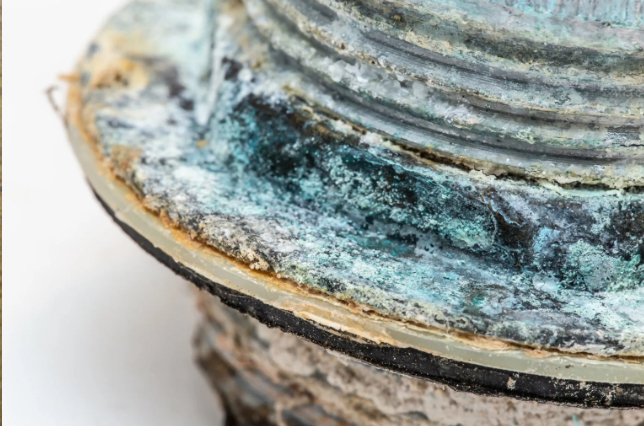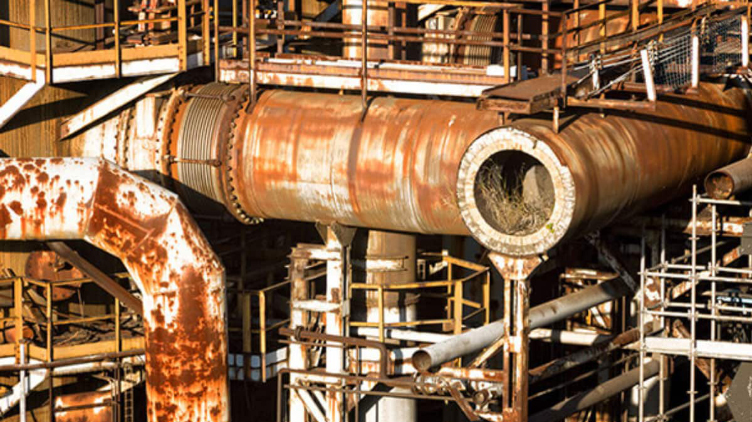
Corrosion is one of the most common and costly problems industries face when dealing with metals. From infrastructure to machinery, corrosion slowly weakens the structural integrity of materials, leading to safety risks, downtime, and financial losses.
To manage it effectively, it’s important to understand the different types of corrosion and how they occur. Here’s a breakdown of the major forms:
1. Uniform Corrosion
Also known as general corrosion, this is the most common form. It attacks the entire surface of the metal, leading to thinning and eventual failure. A familiar example is the rusting of steel exposed to the atmosphere.
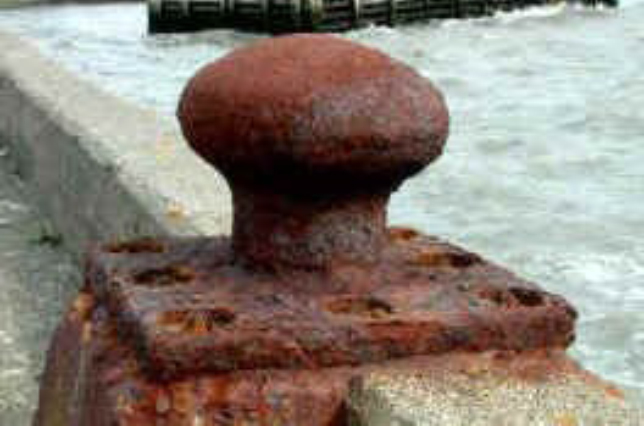
2. Galvanic Corrosion
This occurs when two dissimilar metals are in electrical contact in the presence of an electrolyte (like water). One metal becomes the anode (corrodes faster), while the other acts as the cathode (corrodes slower). This is why using the wrong metal pairings in design can accelerate damage.
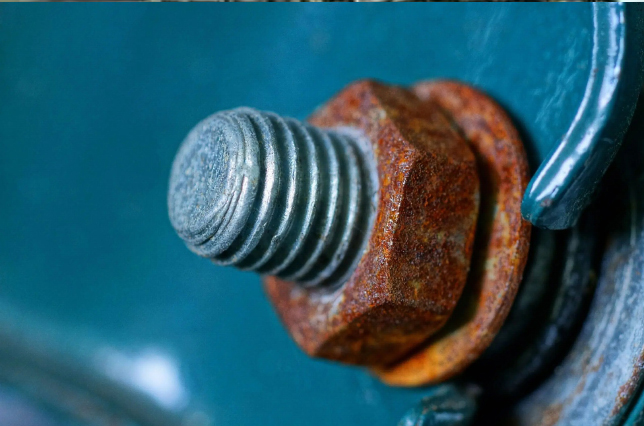
3. Pitting Corrosion
A dangerous form of localized corrosion that creates tiny holes or cavities on the metal surface. Since pits are often hidden under corrosion deposits, they are difficult to detect and can lead to sudden equipment failure.
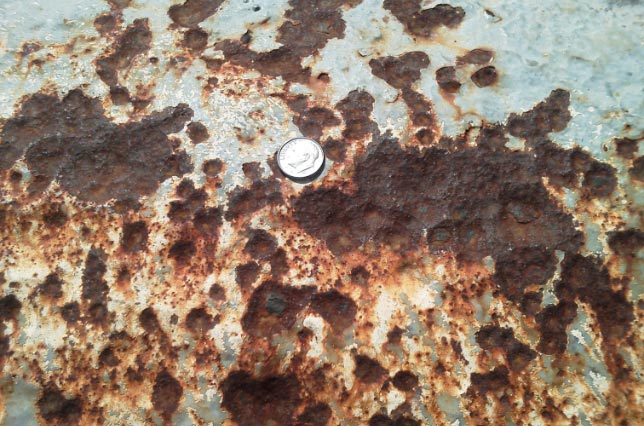
4. Crevice Corrosion
This happens in narrow gaps, joints, or spaces where stagnant fluids remain trapped. These tight crevices create chemical imbalances that accelerate metal attack. Bolted joints and gaskets are common hotspots.
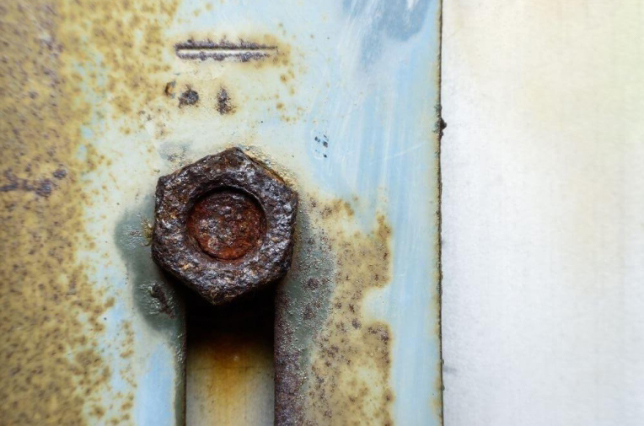
5. Stress Corrosion Cracking (SCC)
A complex form of corrosion caused by the combined effect of tensile stress and a corrosive environment. Residual stresses from processes like welding, machining, or forming can make metals vulnerable to cracking, often without visible warning signs.
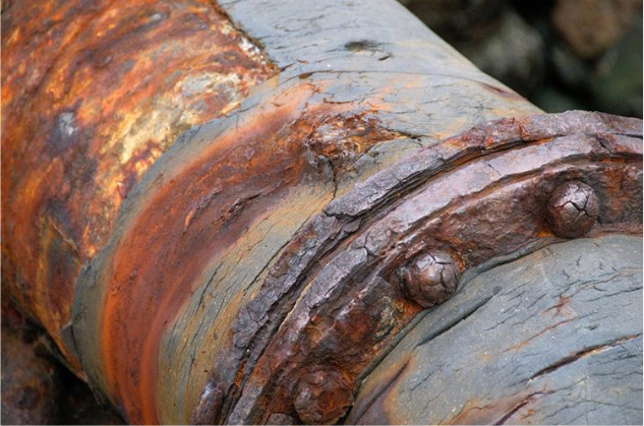
6. Intergranular Corrosion
Metals and alloys are made up of tiny grains separated by boundaries. This type of corrosion attacks those grain boundaries, weakening the structure from within. Stainless steels are particularly prone if not properly heat-treated.
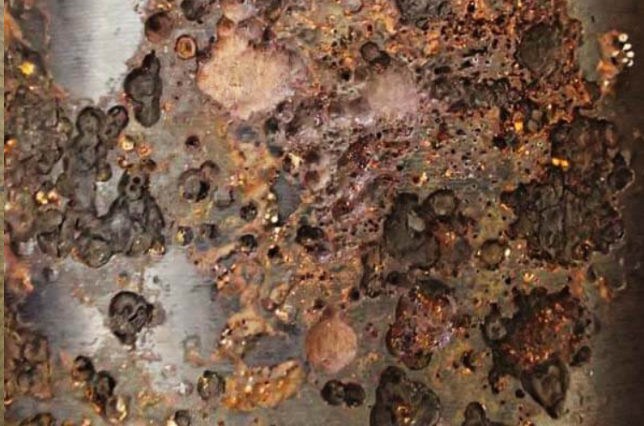
7. Erosion Corrosion
This happens when fluid movement and corrosion act together. High-speed liquids or gases erode protective films on the metal, leaving the surface vulnerable. It’s a common issue in pipelines, pumps, and aircraft components.
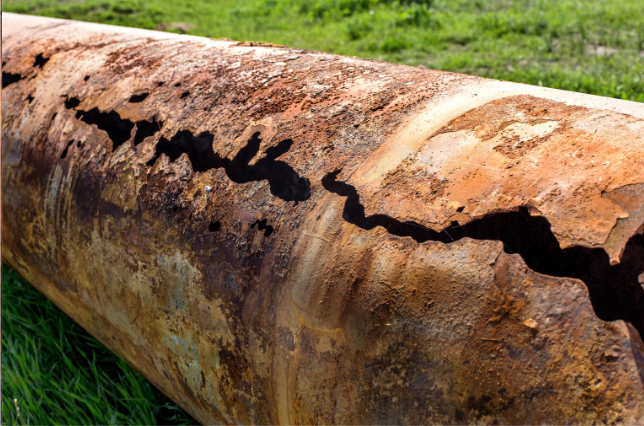
8. Microbial Corrosion (MIC)
Also known as microbiologically influenced corrosion, this occurs due to the activity of microorganisms such as bacteria, fungi, or algae. These organisms accelerate corrosion reactions in environments like seawater, soils, fuels, and wastewater systems. Industries like oil & gas, power generation, and water treatment are highly affected.
